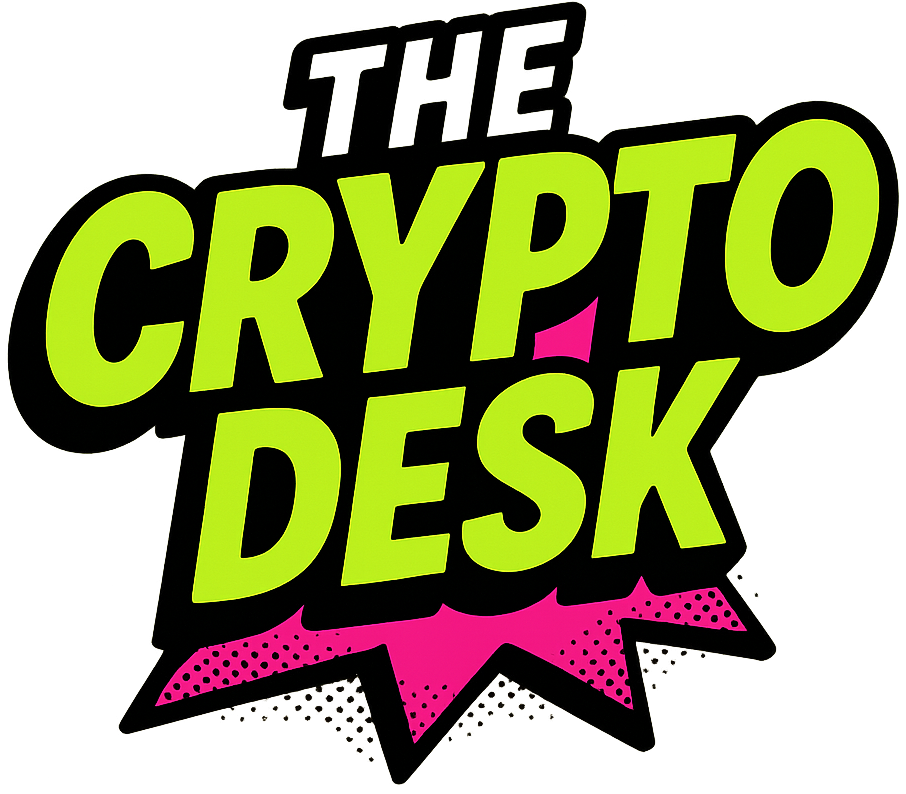Coinbase Claims a Slice of the USDC Pie: What You Need to Know
In a game-changing development within the cryptocurrency ecosystem, Coinbase Global has secured a stake in the revenue generated from reserves backing the USDC stablecoin, as revealed by recent disclosures from Circle’s S-1 filing with the U.S. Securities and Exchange Commission. This announcement, made public on Tuesday, sheds light on a significant financial arrangement between these two titans of the cryptocurrency market.
Understanding the Revenue Arrangement
Circle has confirmed that Coinbase is entitled to 50% of what it terms the “residual payment base.” This represents a share of the income derived from the reserve assets that back the USDC stablecoin, which is pegged to the U.S. dollar. Essentially, Coinbase’s earnings from USDC are directly linked to the amount of this stablecoin held on its platform. Therefore, as users increasingly store their USDC on Coinbase’s exchange, the company’s share of the reserve income rises correspondingly. Conversely, if users transfer their USDC to other platforms, Coinbase’s earnings diminish.
Insights Into Circle’s Financial Landscape
Circle’s reserves are notably robust, consisting primarily of highly liquid assets such as U.S. Treasuries and cash equivalents. In a promising financial outlook reported for 2024, Circle noted a substantial revenue of $1.7 billion along with a net income of $156 million. These figures underline Circle’s ambition to establish itself as a leader in the evolution towards blockchain-integrated payment systems.
The dynamics of the partnership have shifted considerably since the inception of USDC in 2018 through the Centre consortium—founded jointly by Coinbase and Circle. With the dissolution of Centre in 2023, Coinbase expanded its involvement by taking an equity stake in Circle, enhancing their collective influence over USDC’s distribution. Notably, Coinbase now manages around 20% of all circulating USDC, a dramatic increase from just 5% two years prior, indicating its growing significance in the stablecoin arena.
Why This Matters: A New Paradigm in Stablecoin Economics
This partnership between Coinbase and Circle is not merely a financial arrangement; it represents a strategic pivot in the burgeoning world of stablecoins. With USDC now standing as the second-largest stablecoin globally—boasting a market cap of approximately $60.1 billion—its performance has broader implications for the cryptocurrency market at large. The fact that Circle pays out over $900 million to Coinbase as a distribution partner serves as a striking indicator of the financial muscle that stablecoins can wield within the crypto economy.
Circle earned ~$1.7b revenue in 2024 and paid out $900M+ to @coinbase as a distribution partner. That ~$1B going to Coinbase likely comes with little to no cost/opex to serve. At 10x earnings = $10 B mkt cap and likely contributes ~25% of $COIN valuation. For perspective -… pic.twitter.com/2Et3yaSgas— James Ho (@jamesjho_) April 1, 2025
Potential Risks and Strategic Moves: Circle’s Vision
Despite the promising partnership, Circle’s filing did signal potential risks associated with its reliance on Coinbase. The company’s revenue distribution is vulnerable to Coinbase’s policies and business decisions—factors outside of Circle’s control that could significantly impact both costs and revenue structures. Recognizing this vulnerability, Circle is keen to diversify its operations and reduce dependence on Coinbase’s ecosystem. Recent ventures include strategic partnerships with international players such as Grab in Singapore and Nubank in Brazil, as well as Mercado Libre in Latin America, with the aim of encouraging broader global adoption.
The Future Awaits: Circle’s IPO and Emerging Regulations
Circle is also gearing up for its entry into the public markets, planning to list on the New York Stock Exchange under the ticker symbol “CRCL.” While specifics about the IPO’s pricing and timing remain under wraps, the buzz surrounding this development is palpable. Additionally, the regulatory landscape is evolving, as seen with Kentucky’s recent decision to dismiss a lawsuit against Coinbase regarding its staking services. This move reflects a growing trend toward more pro-crypto legislation, potentially setting a favorable regulatory environment for companies involved in cryptocurrency.
Conclusion: A Crossroads in Crypto Collaboration
The financial arrangement between Coinbase and Circle represents a pivotal moment in the stablecoin sector, melding enterprise dynamics with user engagement strategies. As these two entities navigate their synergistic partnership amid fluctuating market conditions and regulatory landscapes, the broader implications for the cryptocurrency industry are profound. As we watch these developments unfold, what do you think the future holds for stablecoins and their role in the global economy? Join the conversation!

